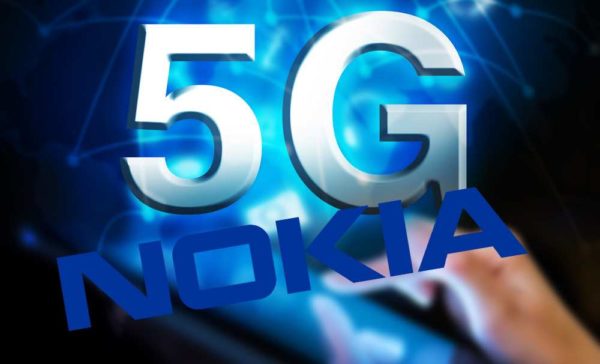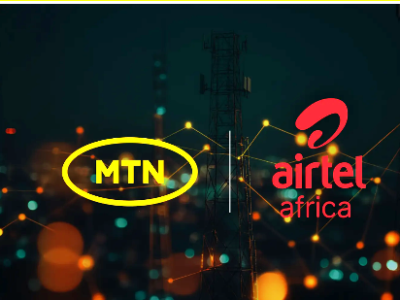By Josh Aroner
- 5G is rolling out faster than any previous generation of mobile networks and nearly 3 x faster than 4G
- 45 countries had deployed 5G by the end of 2020
- 1 billion global users are projected within 3½ years
In name it may feel like just one small step from 4G. But the fifth generation of cellular networks is much more than blazing fast mobile broadband. Research by Nokia Bell Labs in 2020 found that 5G has the potential to contribute $8 trillion to global GDP by 2030, with industries as diverse as mining, entertainment, transportation and healthcare all set to reap enormous benefits.
The buzz
The 5G buzz has been building with the number of subscribers reaching 17.9m in its first four quarters, compared with 4G which took 10 quarters to reach the same milestone.5G is rolling out faster than any previous generation of mobile networks – that is nearly three times faster than 4G and it is projected to reach 1 billion global users in just 3.5 years. By the end of 2020, 5G had already been deployed in 45 countries.
The real promise is in the enterprise
Therapid rollout of 5G is being driven by both a looming capacity challenge with 4G/LTE and interests in new consumer entertainment. But the real promise of 5G lies in its potential for the enterprise. With its increased bandwidth, ultra-low latency, enhanced security, and the ability to connect one million devices per 0.38 square miles, 5G will make possible many new and transformative applications of technology.
It will enable equipment and vehicles to be controlled remotely, making operations like mining and inspections safer. It will be the enabling network for adaptive city infrastructure (think road systems that automatically divert traffic if there is an accident, or when air pollution levels reach a certain level). In healthcare, it will enable doctors to conduct remote diagnoses and even remote surgery.
Combined with AI capabilities at the edge of the network, it will accelerate the introduction of autonomous vehicles, capable of sensing and responding in real time to their surroundings. In manufacturing, private deployments will enable robots to navigate and collaborate on the factory floor, and intelligent video analytics to monitor operations 24/7.
5G not only addresses the looming capacity challenge but offers lower network delay and higher reliability at massive scale. It is able to meet even the most demanding needs of the 4th Industrial revolution, such as robotic automation, remote vehicle control, advanced tele-medicine, and AR/VR for collaborative working and learning.
Seeing the benefits
The potential applications of 5G often sound futuristic, and many still are. But the present is quickly catching up.
In 2020, Release 16 of the 5G specification added low-latency capabilities that will pave the way for industrial automation, connected autonomous vehicles and private networks. And in 2022 we will see enhanced functionality addressing additional industry segments, with more options on how it can be deployed to expand coverage and improve public safety communications.
Steps to realise the full potential of 5G
Technology evolution is not the only thing that needs to happen before the full potential of 5G is realised. Governments, service providers, telco equipment vendors and businesses themselves all have a role.

Governments need to allocate spectrum, provide a regulatory framework that encourages investment, and promote investment in 5G-ready infrastructure and even R&D. Service providers and the industry as a whole need to educate enterprises and consumers alike about the benefits of 5G. And we need to encourage enterprises to explore specifically how 5G can transform their business.































